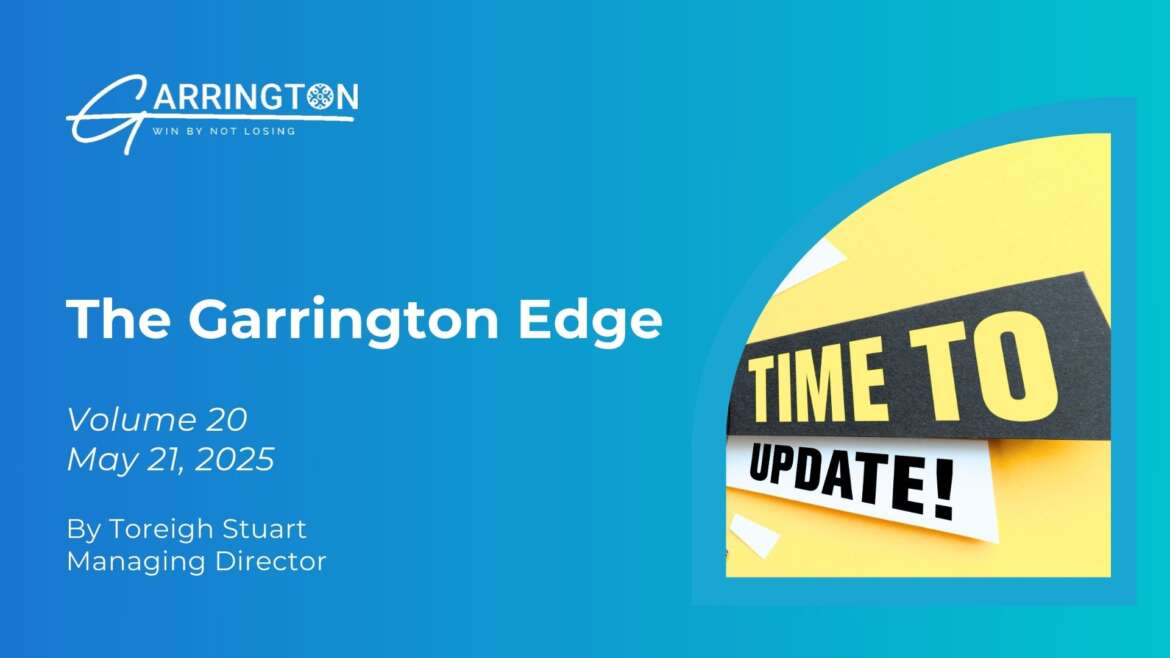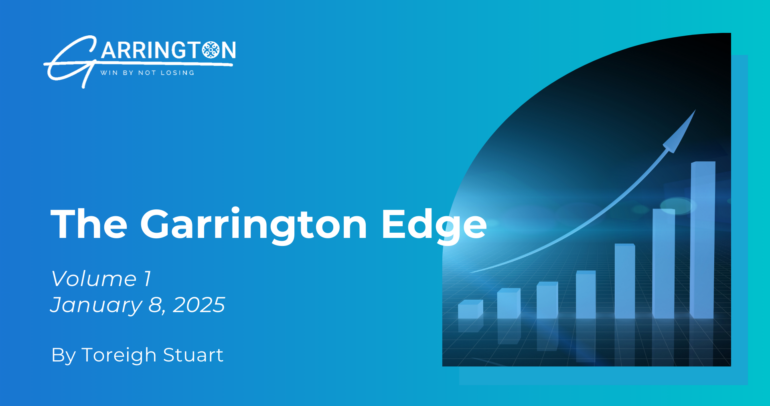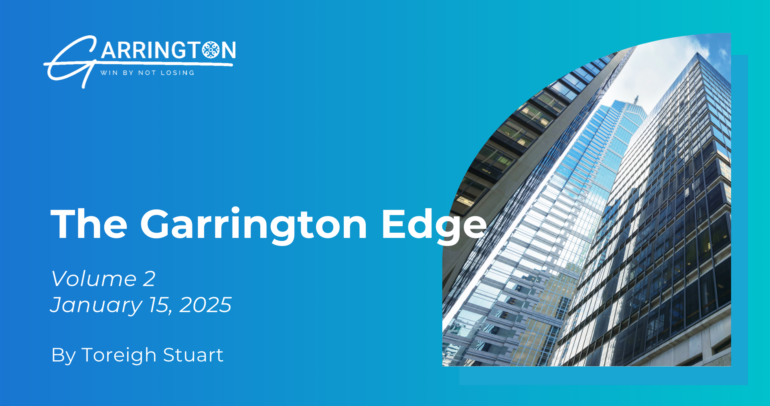Why Transparency Builds Trust — Insights from Our Q1 Investor Call
Last week, we hosted our Q1 investor call, and we were encouraged by the turnout. Attendance was strong, the questions were sharp, and the engagement reinforced our belief that informed investors make the best partners.
These quarterly calls aren’t marketing presentations. They’re open forums where we share portfolio updates, answer questions live and give investors a front-row seat to how we think about risk, performance, and positioning. Transparency isn’t just a checkbox — it’s a core part of our discipline. And in private credit, where trust is everything, we believe transparency drives long-term confidence.
The Question That Stood Out: What Happens in a Recession?
One of the most thoughtful questions on the call was about how the fund has performed during past economic downturns, particularly recessions.
It’s a timely question. Market volatility is rising, interest rates remain high, US political and economic stability is frail, and investors are rightfully asking: what happens to this strategy when the cycle turns?
Our response drew from multiple perspectives, including team members who’ve been involved in managing this strategy across different structures since well before the fund’s formal launch in 2015.
While the Garrington Private Credit Fund has been operating since 2015, our team’s experience with this strategy extends back to before the 2008 market crash. During those years, the portfolio was managed under similar underwriting and structuring principles and delivered consistent results through the global financial crisis. The annualized loss rate from 2008 to 2014 averaged below 0.3%, with no realized losses in 2008 and only modest overhang in the following two years.

But it goes even deeper than that.
Our senior executive, Erica Axani, Director of Underwriting, now on the investment team, was a lender to Garrington during the pre-2008 period — and shared firsthand that during her tenure as a capital provider, there wasn’t a single dollar of loss on the loans issued from her firm to Garrington’s predecessor company, Liquid Capital. That kind of real-world experience is rare from both sides of the table. It speaks not only to the resilience of the strategy, but to the consistency of our credit culture over time.
Downturns Create Opportunity
The conversation also touched on something we’ve seen play out again and again: in periods of economic stress, traditional lenders often retrench. That creates opportunity. When traditional credit lines dry up, we see a higher caliber of borrower—businesses that would typically be considered “bankable” coming to us.
This flight-to-quality effect allows us to be more selective and construct stronger portfolios, even when broader market sentiment is cautious. We’re not just reacting to dislocation — we’re positioned to benefit from it.
Why We’ll Keep Showing Up, Quarter After Quarter
These investor calls are an extension of how we manage money: proactively, with accountability. We don’t just report performance; we explain it. We walk through risks, how we’re mitigating them, and how we’re thinking about the environment ahead.
We know your trust is earned through consistency, not just returns. And part of that consistency is showing up, not just when things are good, but when the market gets more complex.
We look forward to continuing these conversations each quarter. In the meantime, we’re happy to share more if you’d like access to our historical performance data or want to revisit the Q1 discussion.




